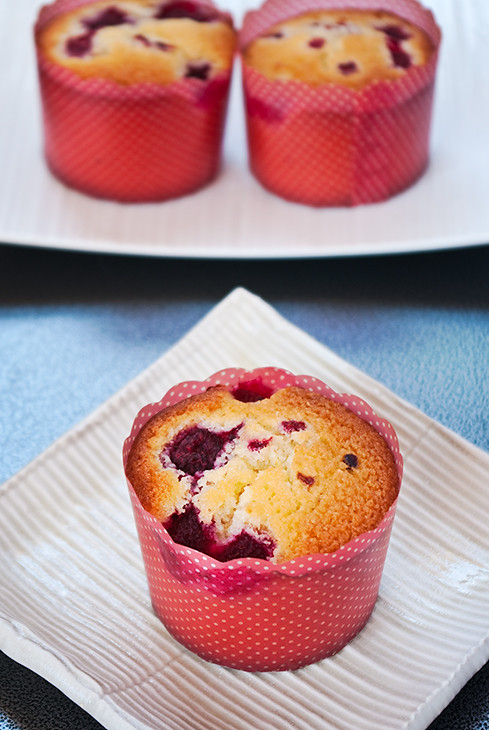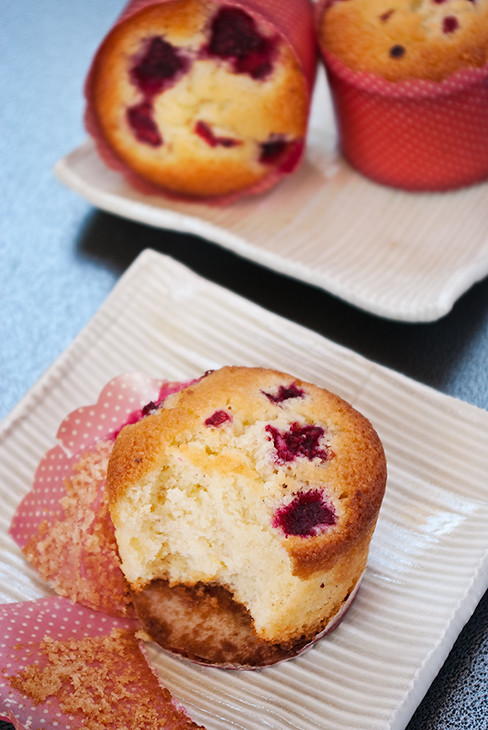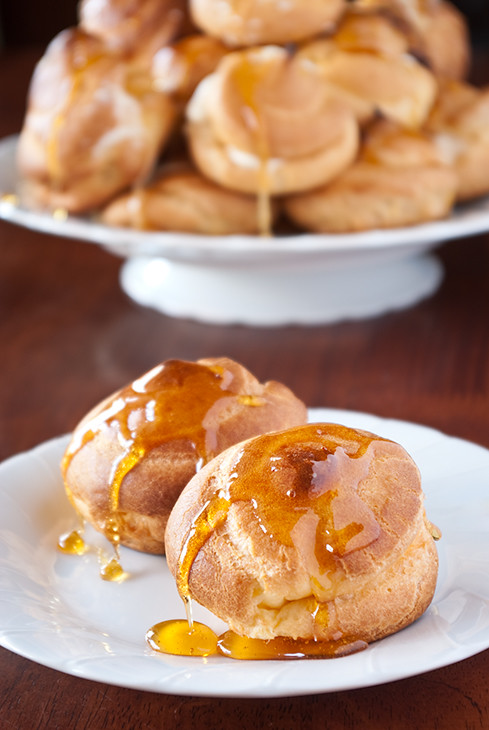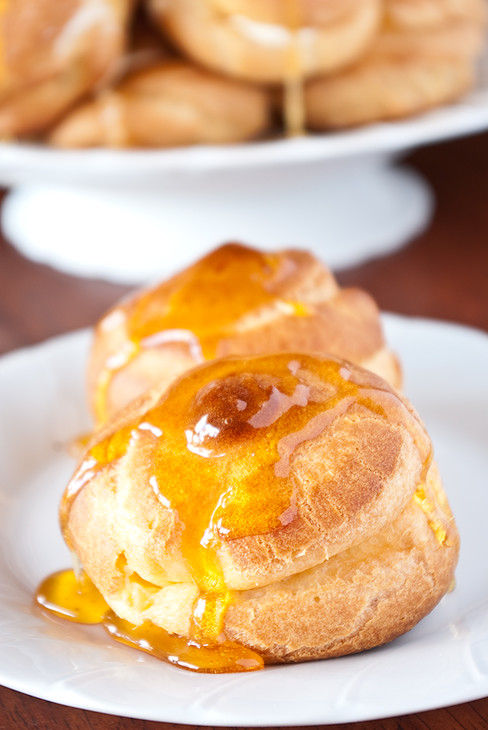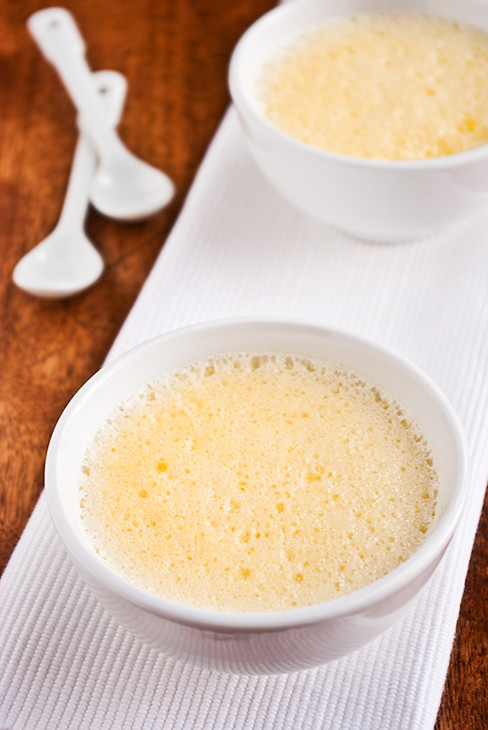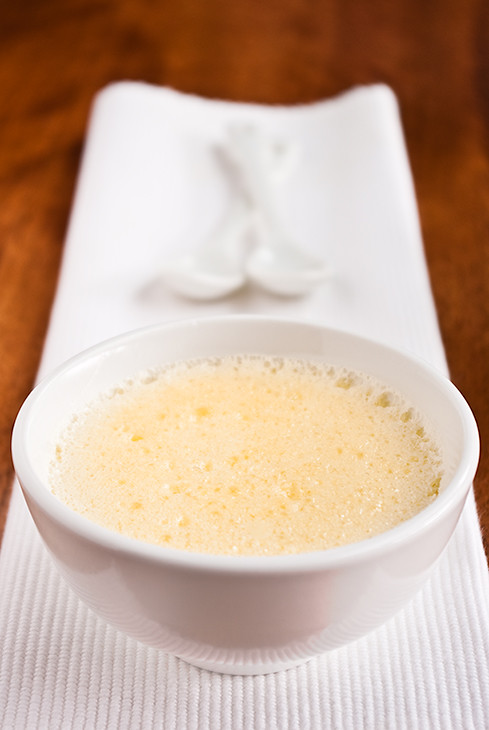You know those mornings when you wake up and you feel far worse than you did the night before, the mornings when you head is ringing, your mouth is dry, and your eyes are glued shut from sleep? Yeah, I know what you're thinking, I know you're thinking "it's called a hangover!", which would be right except I'm talking about the mornings you wake up feeling like you'e got the worst hangover in the world but you had nothing to drink the night before, or the night before that, or even the night before that. It's punishment without a crime.
Can you tell I had one of those mornings? It's okay though because bad mornings are easily fixed with a delicious breakfast and these pancakes do a superb job!
There's nothing quite like pancakes for breakfast. There's something utterly indulgent having enough time in the morning to make a breakfast that doesn't consist of just cereal or toast.
That being said, ordinarily I would make plain ol' jane pancakes with blueberries, if I'm got any in the house. However, when I was standing in the kitchen drinking a cup of tea and feeling sorry for myself I knew ordinary pancakes would not do. After hunting around a bit, I came across this recipe for gingerbread pancakes I knew they were destined to be my breakfast. Coupled with maple roasted pears they're a delicious morning treat.
The only problem with these pancakes? I had to make them myself.
Gingerbread pancakes with maple pears
serves 1-2
Gingerbread pancakes
(adapted from What Megan's Making)
100g (3/4 cup) plain flour
40g (1/4 cup, packed) brown sugar
1 1/2 teaspoons baking powder
1/4 teaspoon baking soda
1/4 teaspoon salt
1/4 teaspoon ginger
a pinch of nutmeg
a pinch of cloves
65ml (1/4 cup) water
65ml (1/4 cup) milk
1 large egg
30g (1/8 cup) butter, melted
1 tablespoon lemon juice
In a medium bowl, whisk together the flour, baking powder, baking soda, salt, and spices. Make a well in the centre of the mixture.
In a separate bowl or jug, combine the water, milk, egg, melted butter, and lemon juice. Whisk to combine and pour into the well in the centre of the dry ingredients. Whisk gently until the mixture is just combined and then stand for 15 minutes.
Brush a non-stick fry pan or crepe pan with a small amount of butter and then heat until hot but not smoking.
Working in batches pour 1/4 cup amounts of batter on to the frypan and cook for 1-2 minutes, or until bubbles appear on the surface the undersides are slightly brown. Flip pancakes and cook for a further 1 minute, or until the pancakes are cooked through and the edges are slightly brown. Transfer cooked pancakes to a plate, cover in aluminium foil, and keep warm in the oven until required. Repeat process until all the batter is used up.
Serve with maple pears and cream.
Maple pears
(adapted from Gourmet Traveller)
125ml (1/2 cup) maple syrup
thinly peeled rind and juice of half a lemon and half an orange
1 firm, but ripe, pears
Peel, core, and quarter the pears. Sprinkle with a small amount of lemon juice and set aside.
Combine the maple syrup, citrus rind and juice in a medium sized frypan. Bring to a simmer over medium heat and then add the pears. Cook for 10-12 minutes, or until the pears tender and the maple mixture is thick and syrupy. Transfer to a serving dish and keep warm in the oven until required.

